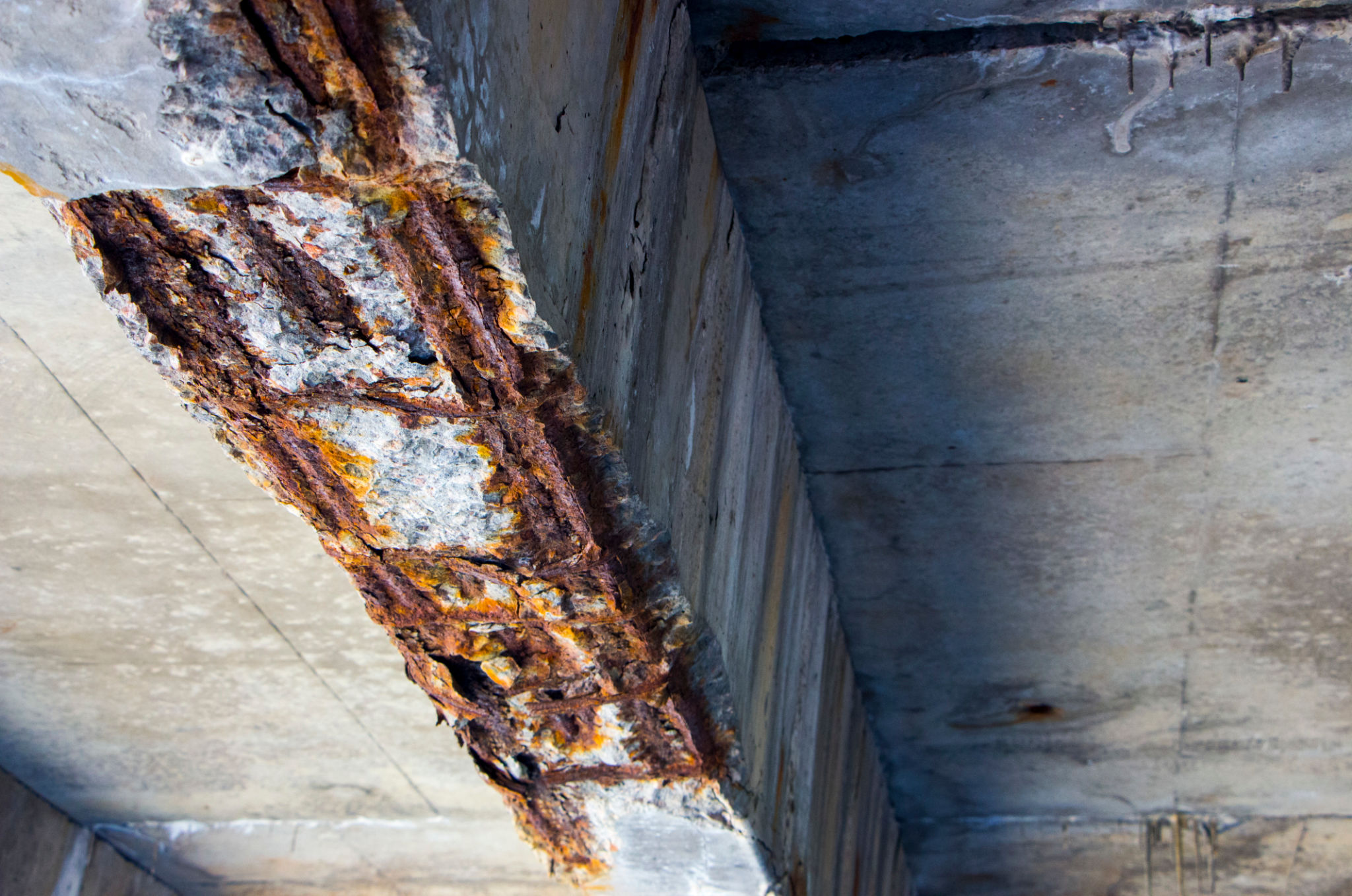The Impact of Australian Weather on Concrete Structures and How to Protect Them
The Challenges of Australian Weather
Australia's unique climate presents a variety of challenges for concrete structures. From the intense heat of the outback to the heavy rains in tropical regions, weather conditions can significantly impact the durability and longevity of concrete. Understanding these impacts is crucial for anyone involved in construction or maintenance of such structures.
The extreme temperatures experienced in many parts of Australia can cause concrete to expand and contract. This thermal movement can lead to cracking, which may compromise the structural integrity of buildings and infrastructure. Additionally, the high UV exposure can cause surface damage, further exacerbating these issues.

Impact of Rain and Humidity
In tropical and coastal regions, high humidity and heavy rainfall are common. These conditions can be particularly detrimental to concrete structures. Moisture can seep into the concrete, leading to potential erosion and weakening of the material. Over time, this can result in significant structural damage if not properly addressed.
Moreover, in areas prone to cyclones or severe storms, the combination of wind-driven rain and flying debris can further damage concrete surfaces. Protecting against these elements requires careful planning and regular maintenance.
Protective Measures for Concrete Structures
To mitigate the impact of harsh weather conditions, several protective measures can be implemented. Regular inspections are essential to identify early signs of damage. This allows for timely repairs before minor issues escalate into major problems.

Sealants and Coatings
Applying sealants or protective coatings can provide an extra layer of defense against moisture penetration and UV damage. These products help maintain the structural integrity by preventing water ingress and minimizing surface degradation.
There are various types of sealants available, each designed for specific environmental conditions. Selecting the appropriate product is vital to ensure maximum effectiveness.
Reinforcement and Design Considerations
In areas with extreme weather variations, reinforcing concrete with steel bars or fibers can enhance its strength and flexibility. Additionally, incorporating expansion joints during construction allows for controlled movement, reducing the risk of cracking due to thermal expansion.

The Role of Maintenance
Ongoing maintenance is critical for prolonging the life of concrete structures in Australia's challenging climate. This includes routine cleaning to remove debris and contaminants that could accelerate wear and tear.
Addressing minor repairs promptly can prevent more significant damage from developing. Regular maintenance not only protects the structure but also ensures safety for those who rely on it.
Conclusion
Understanding the impact of Australian weather on concrete structures is essential for effective management and preservation. By implementing proactive measures such as protective coatings, reinforcement, and regular maintenance, it's possible to enhance the resilience of concrete structures against the country's diverse climatic challenges.
